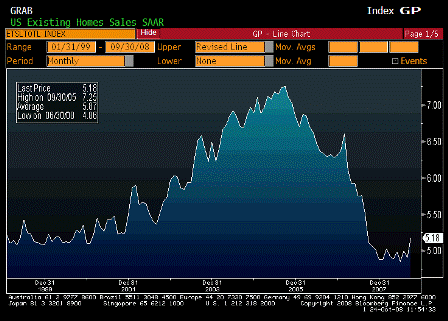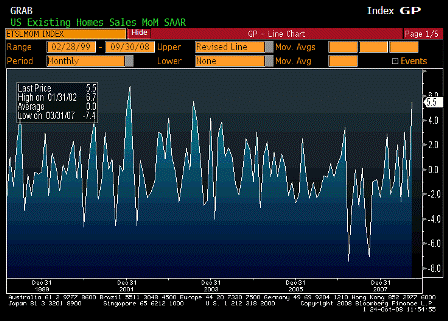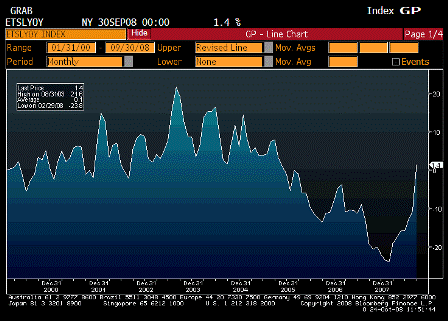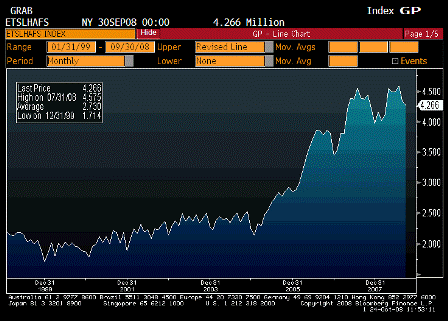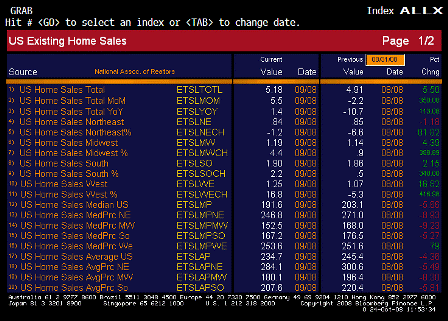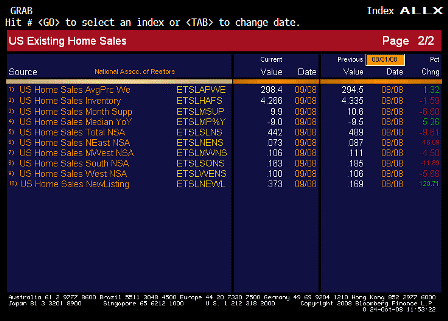Yes, getting closer. The eurozone could be first.
All due to errant political responses.
This did not have to happen.
Operationally it’s a simple matter for governments to spend their way out of it.
The problem is political, mainly due to ignorance of monetary operations and how a non-convertible currency functions.
Roubini says forecast of Market shutdown coming true
By Ben Sills and Amanda Ross-Thomas
Oct. 24 (Bloomberg) — New York University Professor Nouriel Roubini said the suspension of U.S. futures trading today shows his prediction that financial markets will be shut down amid panic selling is coming true.
“This morning, even before the markets in the U.S. opened, the S&P futures fell by more than their daily limit,” resulting in futures trading being halted, Roubini told a conference in Madrid today. “What I said yesterday has already started.”
Roubini said yesterday that policy makers may need to shut down financial markets for a week or two as investors dump more assets. In July 2006 he predicted the financial crisis and in February this year he forecast a “catastrophic” meltdown that central bankers would fail to
prevent, leading to the bankruptcy of large banks exposed to mortgages and a “sharp drop” in equities.
Roubini said today that the risks of a “multi-year economic stagnation” in the U.S. are increasing. “Things are getting worse, they are not getting better,” he said. “There’s a growing risk of something worse, an L-shaped recession.”
Roubini, a former senior adviser to the U.S. Treasury Department, said earlier this month that the world’s biggest economy will suffer its worst recession in 40 years.
[top]

